October/November 2019
We’ll Always Have “Is It?!"
We take a road trip to some favorite places as we wind up our time in Africa
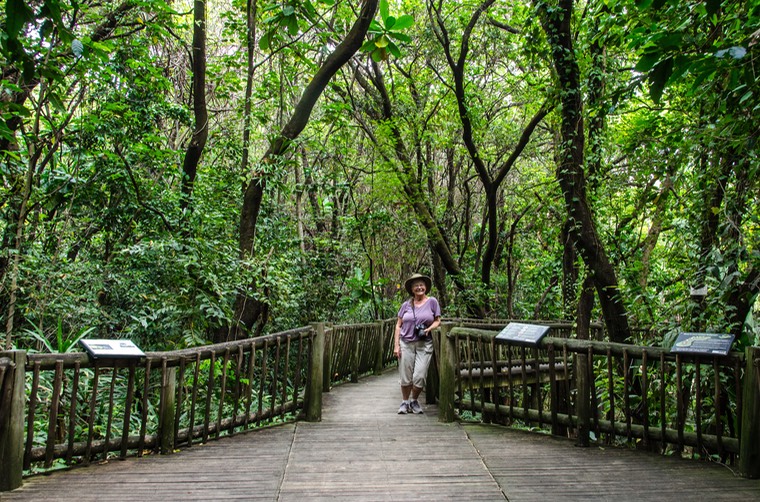
After leaving Kruger, we began our last adventures in Africa with one last visit to Nelspruit, which is a great medium sized city and a fine place to get things done. In a little over a month we would be preparing to head back to the States, but Kathy was having some dental issues that just wouldn’t wait that long. So back we came to one of our favorite spots in the eastern part of South Africa.
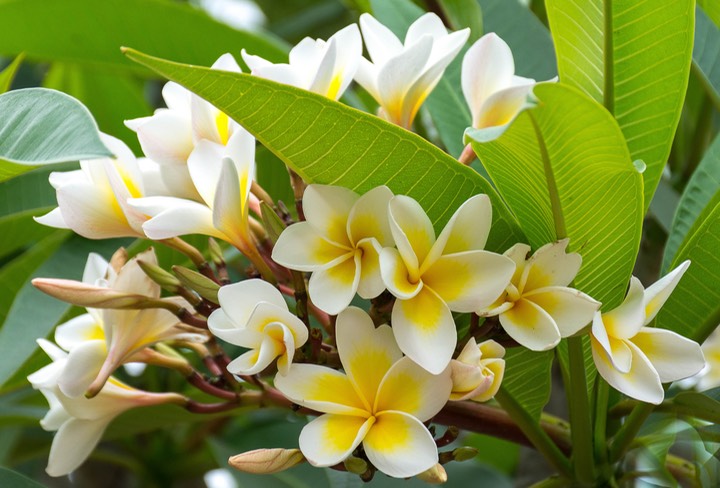
While Kathy was seeing the Tandarts (local lingo for Dentist), Rick was trying to deal with a short list of truck issues, some of which we might be able to handle and others not. We needed some new wiper blades; done. No, actually the battery that is gassing a bit still tests fine; good, can ignore that. The two biggest items were more significant. Our water pump (in the living quarters, not the engine, thank you) has been making a variety of gasping noises for several months and we’d asked about it once before. After getting it looked at again here in Nelspruit, there doesn’t seem to be any likelihood of locating a replacement pump anywhere in South Africa. They apparently use a different type of system (but of course!). And now our old faithful Suburban water heater has given up the ghost. But… no dice on that either. So we’re heating water in the kettle, the water pump is working sporadically, sometimes needing a whack with a screwdriver to get it started, and we’re sighing just a bit, realizing it really is time to head for the barn. Our good old American Tiger needs some good old American TLC and parts. Soon.
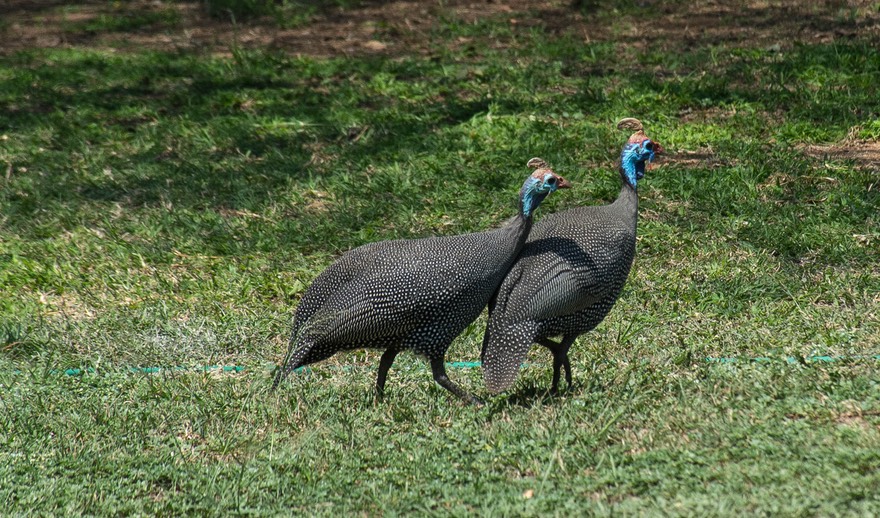
However, just being here for a bit isn’t such a negative. The weather so far is lovely and a nice breeze comes up in the afternoon. There are birds in the trees, Guinea fowl to laugh at as they dash about, hoopoes showing off their lovely brown and white and black feathers, immobile lizards that suddenly start doing pushups and then dash away up a tree trunk, and pigeons welcoming the setting of the sun. All this among lovely jacaranda, plumeria, and acacia trees in full bloom, and scarlet bougainvillea vines wrapping themselves around every plant in sight. Oh, and wildebeests in the game park next door.
No surprise, the dental adventures became more extensive as we went along, in part because Rick decided to get in on the fun. Once Kathy’s work progressed to a new bridge and the ten or so days that would take, Rick decided to get the new crown done that he knew he’d be needing soon. Practically speaking, we got a helluva lot of good work done for about the third of the cost of doing it at home. And we got to spend a couple weeks in Nelspruit as an added bonus. We like the little caravan park where we’ve settled, and the dentist was very sweet about mentioning some things we might like to do while here. The highlight for Kathy was a trip to the Botanical Gardens, which was quite nice despite the paucity of water in the falls at this time. Rick was more impressed by an excellent Mexican restaurant we wished we’d known about a year ago! A good time was had by all.
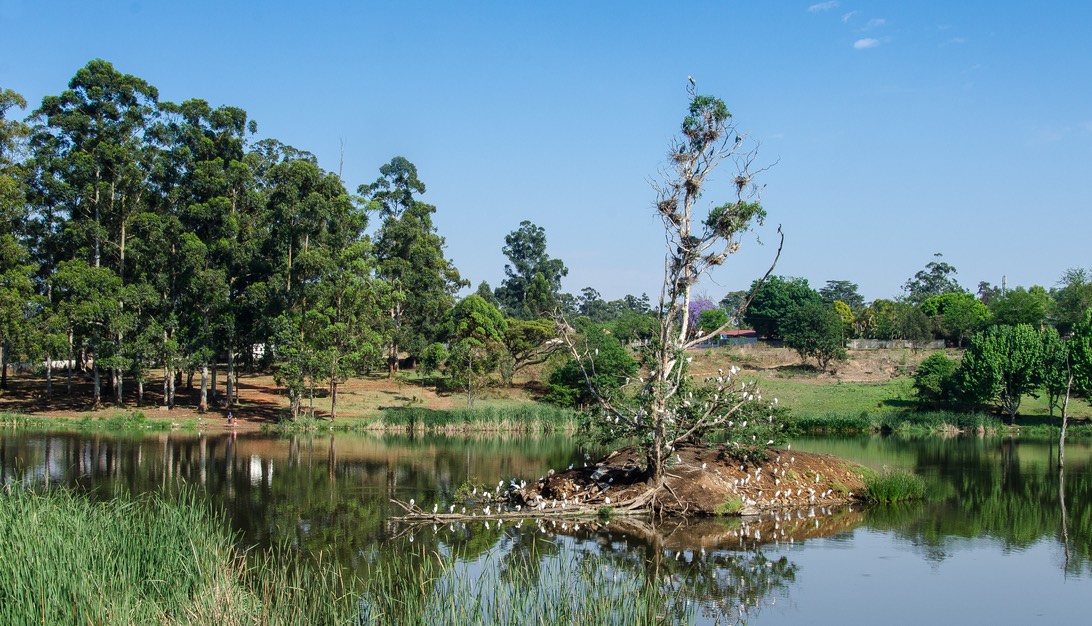
We finally said goodbye to the dentist and to Nelspruit and hit the road again, heading toward the Indian Ocean coastline. We needed to stop in Durban to discuss details with our shipping agent, and clarify our drop-off date. But we also had plans to see more of the coastline and enjoy some areas we’d not yet had a chance to explore.
Our first stop was a return to the iSimingaliso Wetland Park. It was here we’d first seen wild animals in Africa and got to watch mongoose at play. We wanted to explore more of the park, which at its northern end is right up on the border with Mozambique. We would have yet another chance to wave across that border at the locals.
So! In order to follow through with this, we needed to either cut across the country of Eswatini (formerly known as Swaziland), or else go around it. Rick decided he’d had enough with African borders for a bit, so we went around, spending a night in the town of Piet Retief along the way. At this point we were still up about 1000 meters in elevation, and it was very pleasant. A bit further on we dropped off the escarpment and arrived in Pongola, where we were at 300 meters and it was 88℉ and very humid. And we’d arrived in sugar cane country.
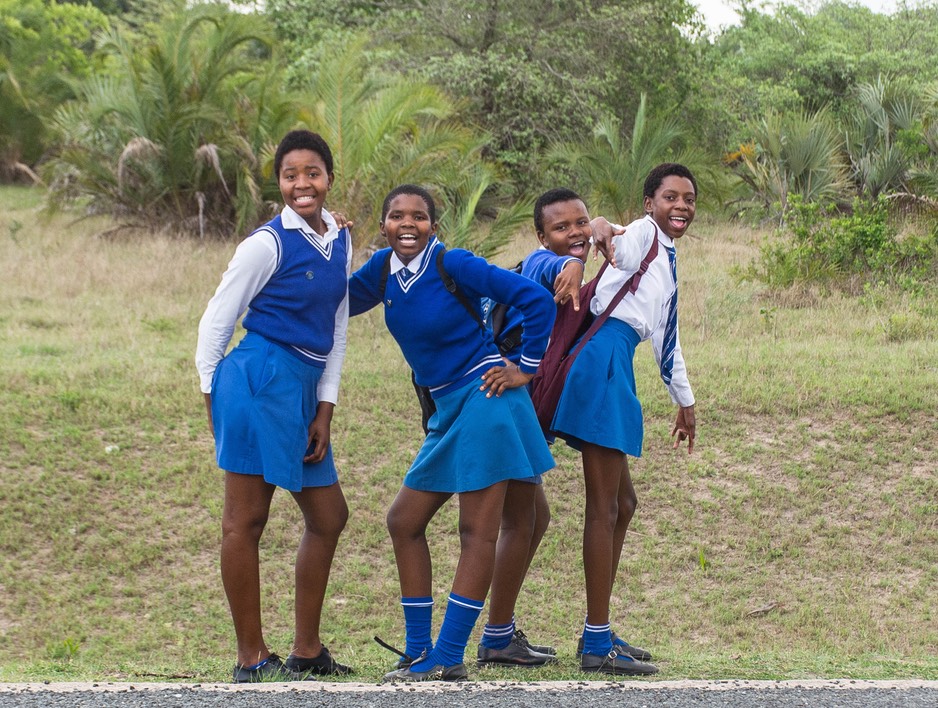
There were orchards galore, tomatoes and other field crops everywhere, and the roads were filled with trucks hauling the cane to the mills for processing. We’d hit the coastal plain, having come around the southern end of Eswatini. We traveled down the edge of Pongolapoort Dam, then cut east to the coast and Kosi Bay, part of the Wetlands Park.
And now it’s truth time — we never did actually get to Kosi Bay. (Although we did get within a few feet of Mozambique — waved and reversed course.) We got close, but no cigar. We hadn’t done enough homework on how to get to this rural, isolated area and had trusted our map — bad choice. Poor Emily (our GPS) was totally out of her element. We circled around and did finally get to one backwoods entrance into the park, but were promptly told we had to get a permit — 24 hours ahead of entering — and that our truck was too tall to get under the branches along the trails. Well hell; fine.
We backed out far enough to get to a place to camp for the night, which turned out to be quite lovely and a pleasant experience. We figured maybe the locals could help us get to Kosi Bay. We tried to talk to the manager and other guests, but, well hmmm …. it seems it was Saturday afternoon and the bar had been up and running for a very long time and everyone was just a wee bit too fuzzy to offer up any cogent help.
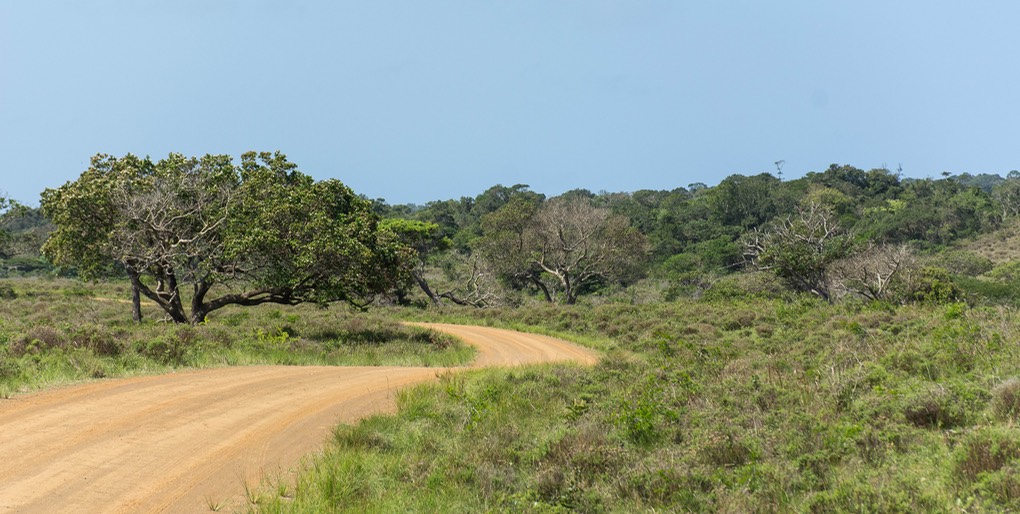
But, being happy campers in general, we just enjoyed where we were and then, the next day we moved on, hoping to get to a recommended spot called Black Rock. Following the best map we had and using the GPS point for our destination we tried to pick our way among the various unpaved tracks in the area. Signage you ask? HA! After a bit we found ourselves on a newly worked on road that was much nicer than anything else around and thought maybe we were on the right track. We even asked a passing fellow if this was the road to Black rock; ‘Oh yeah’, he said, ‘just keep going’. Cool we thought — until the new workings ended and about four (deep) sandy tracks emerged, each going off in a different direction. Our good road was gone and we had no way to know which way to go. Africa.
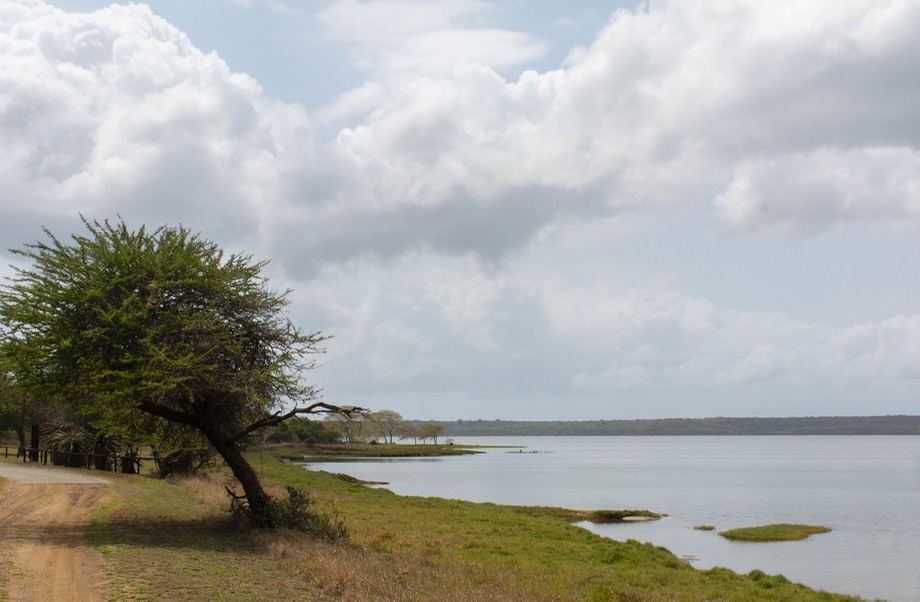
The day was moving on without us and we already knew there was no camping at Black Rock even if we found it so we maneuvered our way back to the main road and turned south, down to the next recommended place to visit in the Wetlands area — Lister’s Point on False Bay, which was quite delightful. This is a small, remote area and we pretty much had it to ourselves. We were parked on the water, with little red duikers wandering through, and even the occasional Tufted Guinea fowl. Not to be confused with the Common Helmeted Guinea fowl, you know — and we have the pictures to confirm it. In case you care.
A great spot, and we spent a couple of days, enjoying the solitude. And then on for a return visit to the St Lucia area of the Wetlands, probably the best known part of the park. St Lucia is a town known for its local hippo gang, which like to wander through the streets at night, keeping the grass mowed and the dogs at bay. There is a nice campground outside the town, down along the ocean, that we really like. It is rural and unpretentious, and has rustic facilities, but lots of happy people hanging around and enjoying nature. And mongoose. A treat.
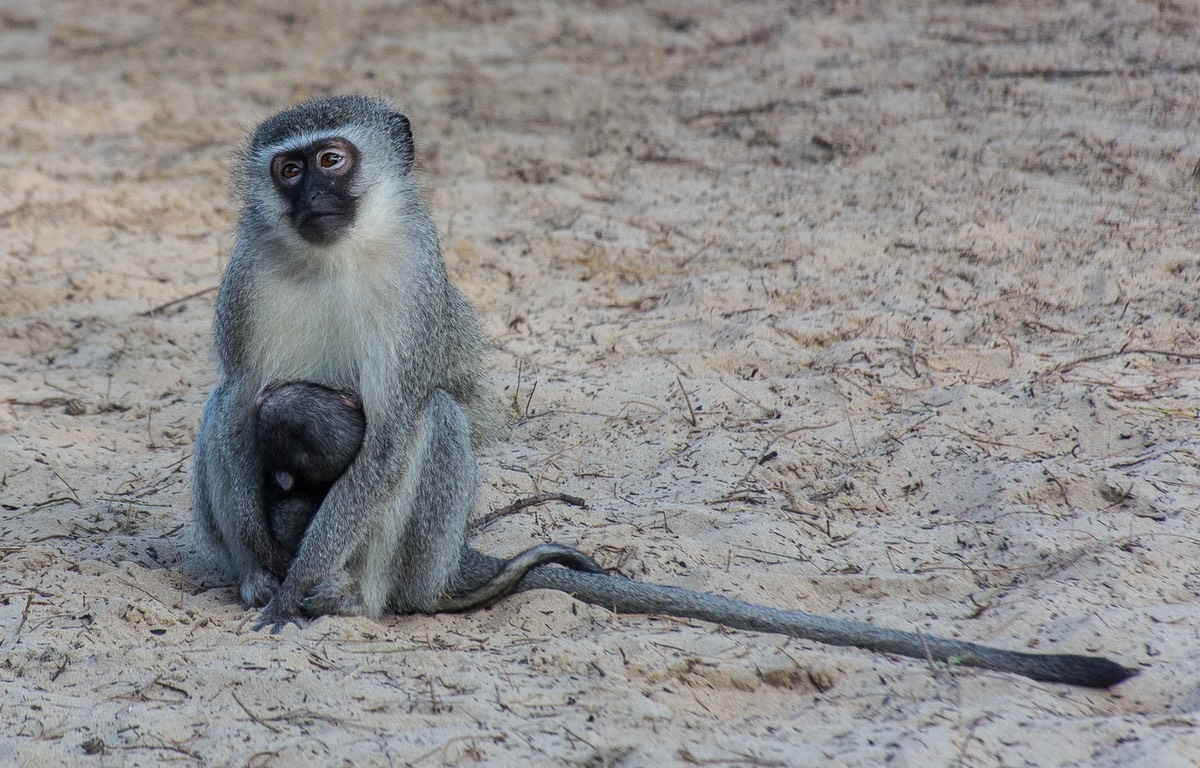
There are nice drives in this part of the Wetlands, and we remembered having enjoyed them on our earlier visit. We started out the next morning, and Rick quickly recalled having been here before. “Oh yeah” he said, “that’s where we busted up one of our solar panels. I think we’d better stay clear of that little trail.” But we revisited lots of places, and drove up to a place called Cape Vidal, a point sticking out into the ocean, which was quite lovely. The Indian Ocean is very nice in through here. And the mongoose and monkey hordes are very frisky. We had a good time. The Wetlands area is lush and green, really different from where we’ve been for the last many months, and that added to our pleasure.
We finally left the iSimingaliso Wetland Park heading down the coast to Richards Bay. We have friends, Bev and Peter, who live there and who were expecting us to come for the weekend. And what a hoot of a time we had. They are great folks; we’d met them in Zambia, and very quickly we picked up where we’d left off when we’d said good-by along the Luangwa River a couple of months earlier. We explored the Richards Bay area, and at Ulmalazi NR were introduced to some of the weirdest crabs I’d ever met in my life (no, not people!). And as a special treat, we were able to watch the South Africa Springboks bring home the Rugby World Cup (!!!!). We’d seen rugby games before in SA, and your fellow watchers are every bit as delightful as the game itself. Bev was far too twitchy to actually sit and watch the game. She kept leaving to go into another room, and then — when the shouting told her something good had happened — she’d come rushing in and watch the replay. Funny, that’s just the same thing Ina did when we’d joined them in seeing the play earlier in the tournament, over in Pretoria. Maybe it’s a South African tradition!!
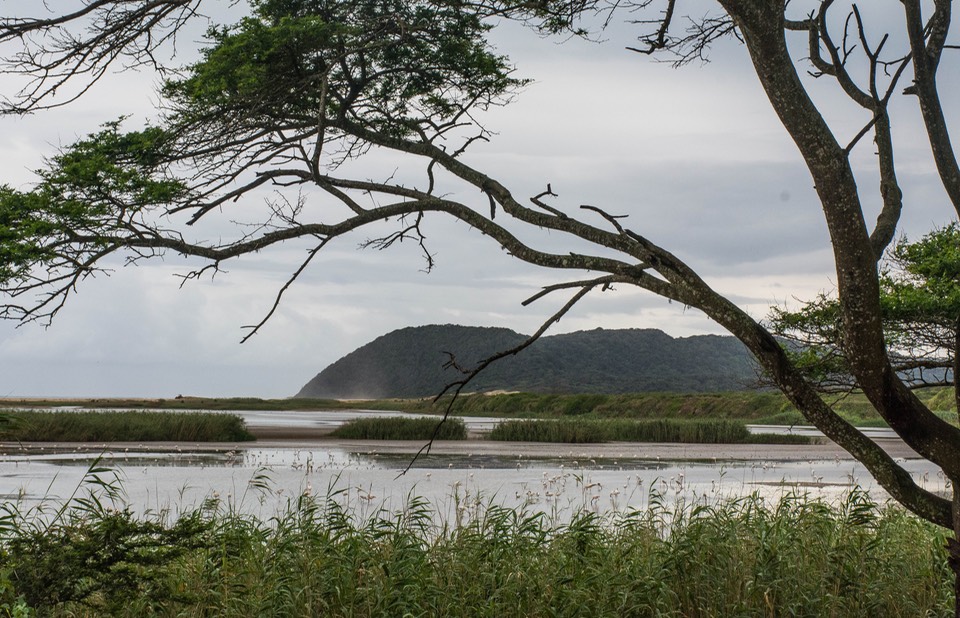
We’ve been lucky to make friends with several different South African couples. They are all great people, and we learn a lot about life in South Africa from them. As always, we had a very nice visit.
We had to leave in order to keep our appointment to stop by to see the shipping people, so reluctantly we drove on down to the Durban outskirts. The shippers were easy, helped us sort out some sticking points, and we took off again, heading further south along the coastline. Along the way we checked out a couple of places where we might decide to camp for a few days while we got the Tiger ready for transport, and picked a likely spot.
It was rainy most days, but sunny and humid a lot as well. Our weather station (Michelle) is cranky from the humidity, and fades in and out, so we don’t know much about future weather, much less what the current temp might be. The fridge just sighs and drips. What a pair! We were dealing with the conditions far better than our electro-mechanical assistants.
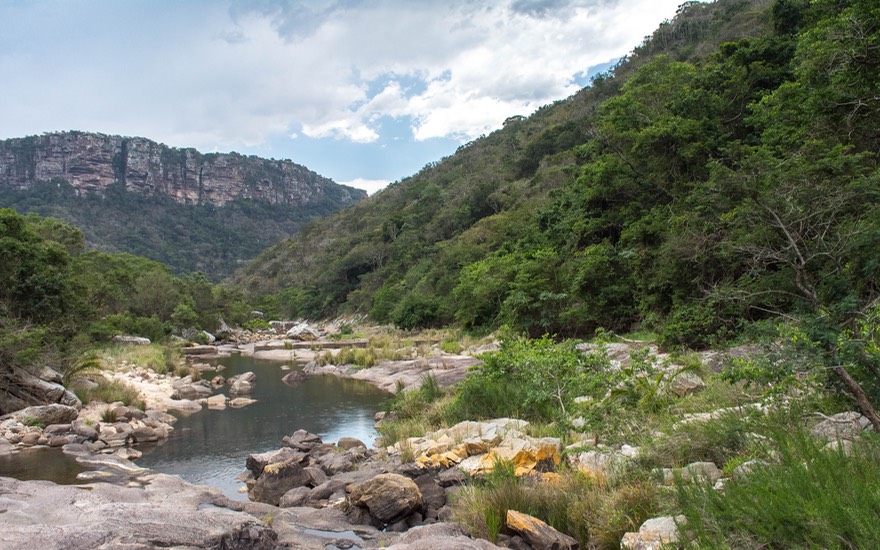
Driving on down the coast was quite nice. Lots of inlets and bays, with viaducts for the train tracks that follow along this part of the coast. Grassy verges and lots of trees, with the weather in the low 80’s and hazy, plus 97% humidity. Not conducive to starting major work projects, but great for sitting in a chair and looking at the ocean.
We were heading for the Oribi Gorge, which had been well spoken of by our guidebooks, but which proved something of a disappointment. As with so many parts of Africa these days, the gorge was pretty dry, with little water. But still attractive. It just so happens to be near the town of Port Shepstone, where we wanted to get some paperwork taken care of — and home to a highly recommended fish joint called Fish on the River. Absolutely outstanding if you get down that way. So it was a good area to visit, regardless.
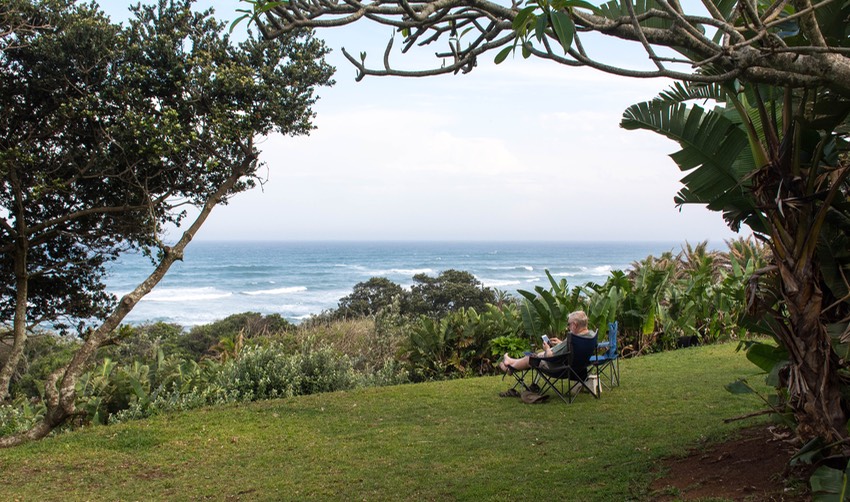
A spot to stay for a few days that we can recommend without reservation is in the town of Trafalgar. It’s called Port O’Call, and it’s a lodge with caravan parking on a ledge above the water with paths leading down to the sand. It was beautiful, and quiet, and charming, and probably very busy over weekends and holidays — but we had the place almost entirely to ourselves. We loved it.
Further south, at Port Edward you leave the coast and turn inland a ways, starting a series of zig-zags up over passes and back to the increasingly rugged, so-called “wild coast”, where we were heading next. We knew this would be the plan for the next week or so — inland then back, and repeat. We got to the top of the pass, and turned to each other and said, No, we want to go further inland where there are wide-open spaces, and be finished with the coast.
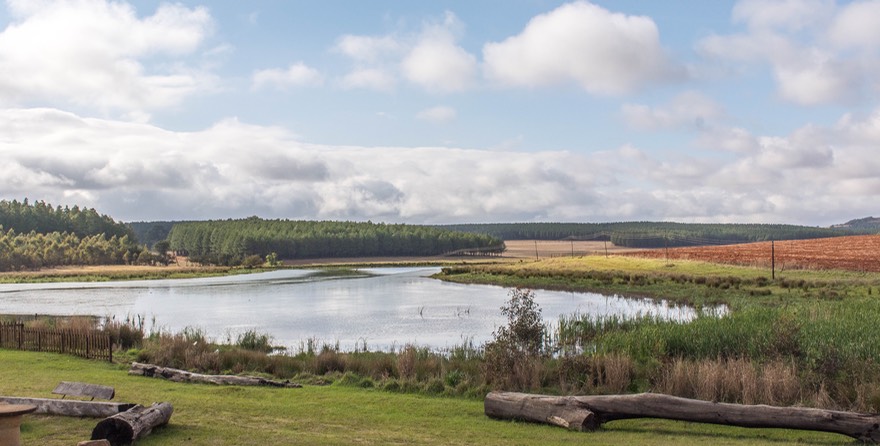
Now this is hard to explain. But we are just happier on open ground. Unlike lots of other folks, we have lived our lives within easy access to the coast and ocean views just don’t mean the same to us as to many others. So, we changed our plans, flipping the map over so it would cover a new path. We were currently driving on a road that was directly south of the southern edge of the mountains of Lesotho. Beautiful country that we had enjoyed earlier. We didn’t want to go back into Lesotho as we felt we’d had the perfect time there earlier on, but we were happy to be enjoying some of the surrounding countryside.
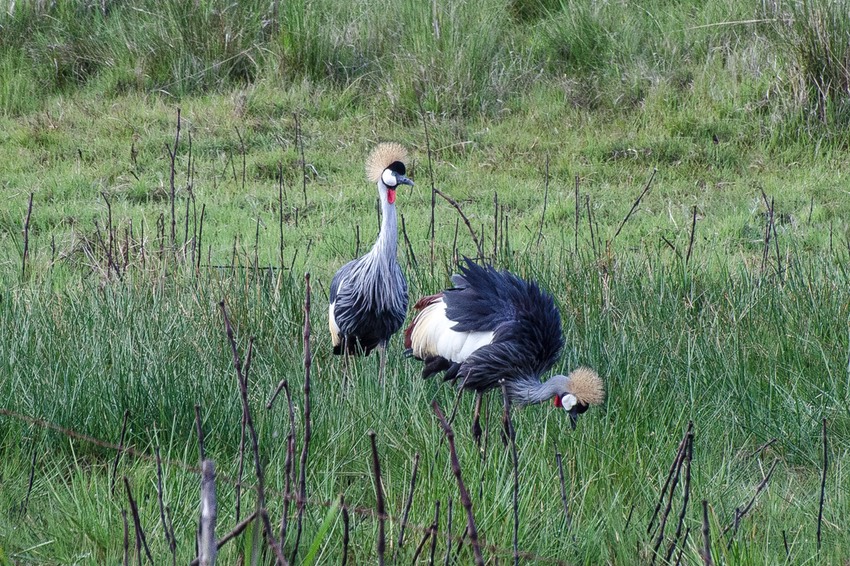
So, said we, how about if we circle clockwise around the southern part of that country, staying at altitude, 1400-1700 meters, and visit the areas between our current location and Mountain Zebra NP (MZNP, which we had enjoyed so much last year), then continue on around over the top of Lesotho, down through the edges of the Drakenberg Escarpment, and end up back in Durban in time to get the truck to the shipper in good order. What did we think, huh? Yes! that sounds perfect. And so we shifted gears and started out. The end result? We loved every minute of it.
Heading for MZNP, we wandered through a combination of farmland and cow/sheep/goat grazing areas. The mountainous, rural settings, with women walking along with bundles on their heads, lots of tree plantations, goats wandering the roadsides, open grassland — all was very pleasant. We spent one night parked beside a pond at a farm stay; the birds and frogs and ducks were everywhere and a pair of farm dogs made good company. We keep being reminded how near Lesotho we are. The goat minders often are wearing blankets with familiar patterns, and face masks similar to what we saw in Lesotho.
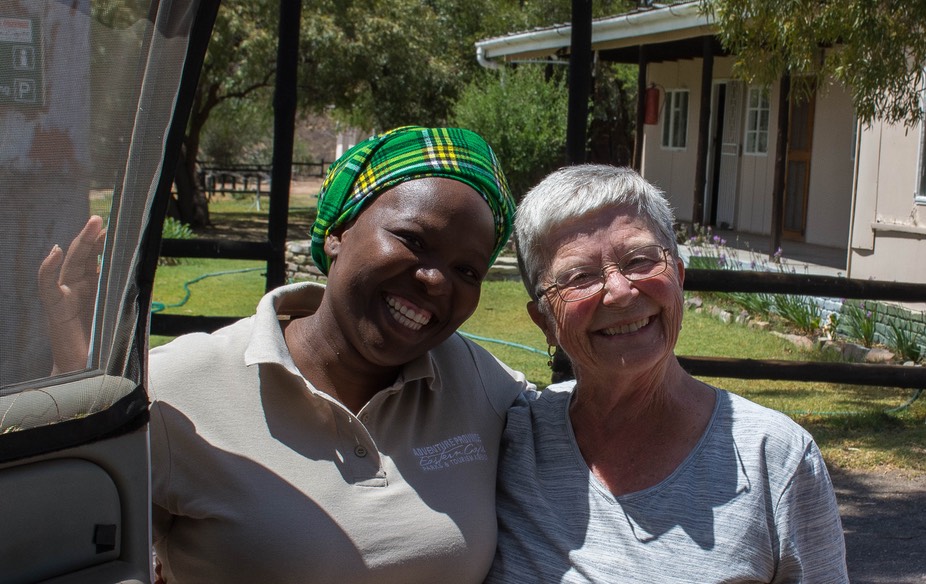
A few days were spent relaxing at a small game park nobody’s ever heard of — Kommando Drift NP. It’s off on a dirt road, somewhere between Queenstown and Cradock; it encompasses a dam in open barren country, and is touted for its fishing. We were greeted by a lovely woman who stopped by our camp each morning to check that we were doing well. The campsite sits on a bluff overlooking the water, with squirrels and fish eagles to enjoy. Not much water in the dam this year, in part because the farmers in the area need more and more to keep their crops going. Rick has taken advantage of the wide open area to take apart the water pump guts, trying to get the system to work better but without any sort of success. We are in an area of South Africa where, oddly, the GPS is even less accurate than usual. Befuddled, as it were.
We stoped in Cradock (pronounced Craydock for the uninitiated among you) to shop and wander a little in this nice old colonial white African town with interesting buildings, wide streets, and Afrikaans words used everywhere. We enjoyed the stop.
We then trucked on out to Mountain Zebra. It was great to be back. The monkeys are cheekier than ever. Driving this park is a real pleasure. They say the park is very dry, but not noticeably so to us — it’s been dry everywhere. There are long dramatic vistas to enjoy, fun critters — blesbok, black wildebeests, springbok for the first time in months, oryx we’ve not seen since Namibia, and even eland. A couple of lovely game drives, one even including three very fat warthogs that trotted off as soon as we arrived. Guess we disturbed their naps. Our days were cool and windy with lots of dramatic clouds. And of course we saw the mountain zebra, too. Significantly different, and more dramatic, than the usual group. Even saw some cheeky little squirrels.
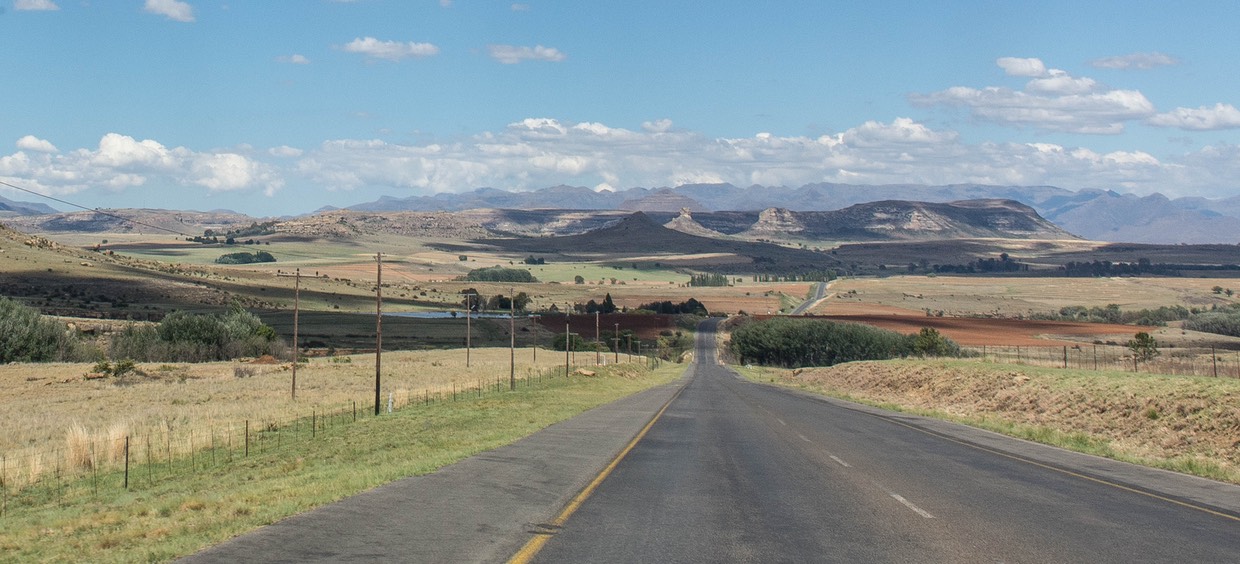
Keeping an eye on the calendar, we needed to get on. Leaving the zebra behind, we started a large loop over the top of Lesotho, retracing a bit of country we’d seen before but mostly driving through lovely, grassy rangeland, farmed areas, and tree-filled horizons, all quite pleasant to see and full of great views. The dramatic clouds continued, and we heard a rumor that Durban had experienced something of a typhoon (which we were unable to confirm — and we saw no damage on our arrival some days later). It was warm and sultry, but never hot at these mile-high altitudes.
A super, super drive. We drove past the turnoff to Maseru, the capital of Lesotho; Zastron, where we spent a nice night under a Drakensberg bluff; through Ficksberg, which was advertising its Cherry & Jazz Festival the next weekend, and proudly announcing itself as the Cherry Capital of the Free State. But our stop that night was the cat’s meow: within view of a rock formation eerily reminiscent of the profile of Queen Victoria, for whom it is named. We were parked with views for miles of multi-colored rock formations, sheep on grassy pastures, lovely parkland and bunches of small birds. The farm stay is called Lesoba, and you really ought to look it up. A treasure.
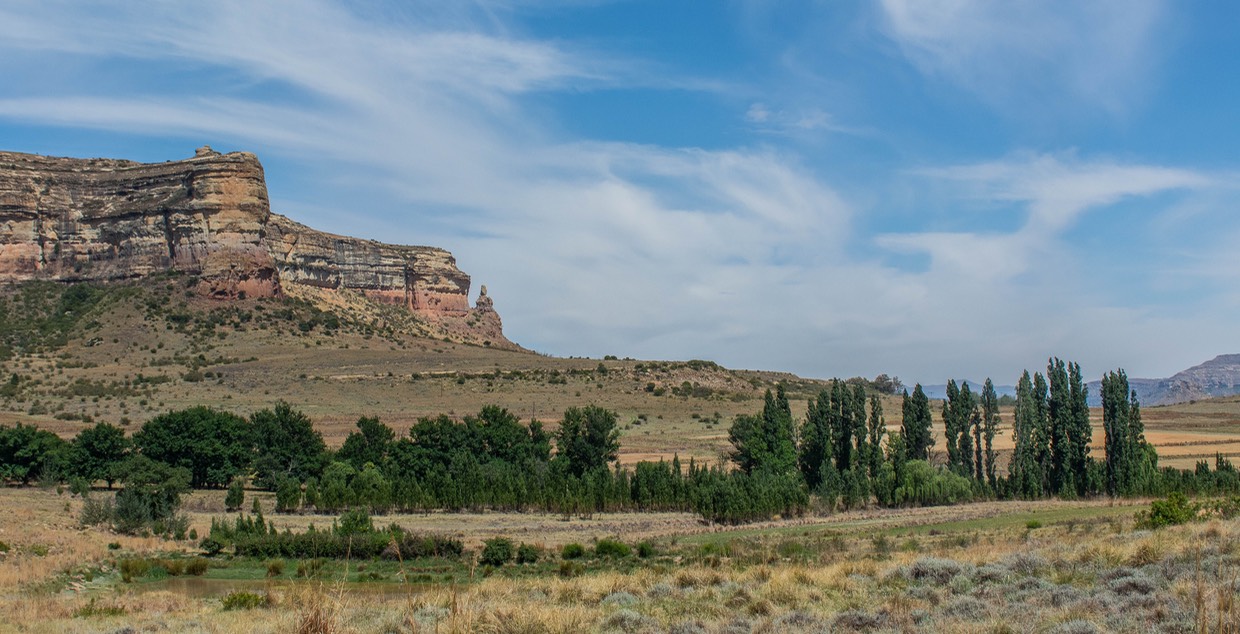
The next day we moved on, heading for Bergville, but with one stop along the way. The Tower of Pizza is on the road to Royal Natal NP, and we were headed for a lunch treat. The food was just as good as the last time we’d come through, and the setting is special — on the veranda of an old millhouse, with grass and flowers to smell and enjoy; and their homemade ginger beer is pretty fine as well.
Bergville is nothing to brag about, but it does have a nice grassy place to camp right next to the (small right now) river along the edge of town. We hung there during a very hot night, and then the next morning headed a little further south in the Drakensberg area to the Valley Bakery, where we had breakfast and filled our bread larder with enough cholesterol-sources to last us until we left Africa. The Valley Bakery is special to us. (Will provide directions on request.) If you are thinking this sounds like a greatest hits memory tour for our time in South Africa, you will not find yourself to be far off point.
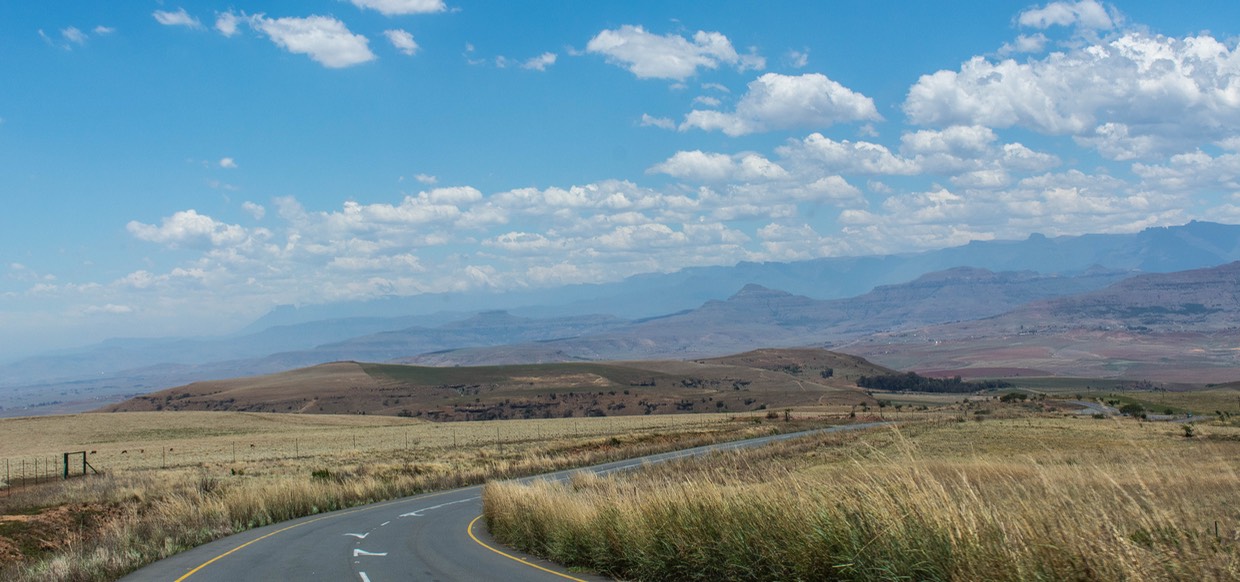
Everyone who comes to South Africa needs (and will be highly rewarded) to visit the major “hot spots” here — it’s a lovely country with incredible scenery and hiking opportunities. But if you get the chance, do try and take this drive that circumscribes the northern half of Lesotho (or go around the entire country if you have the time). This is some of the best South Africa has to offer. I think it’s called the Maloti Route. It passes alongside or through several of the Drakensberg parks, and goes over many passes, topping out in Golden Gate Highlands NP at 2043 meters. Oh, and it takes you through Phuthaditjhabe, which you’ll never be able to pronounce but will then have bragging rights forever! Pretty awesome. (By the way, one mile = 5,280 feet or 1609.334 meters, if you haven’t looked it up yet.) Finishing our Drakensberg romp, we survived driving through the Petermaritzberg area one last time and arrived at our last stop in South Africa.
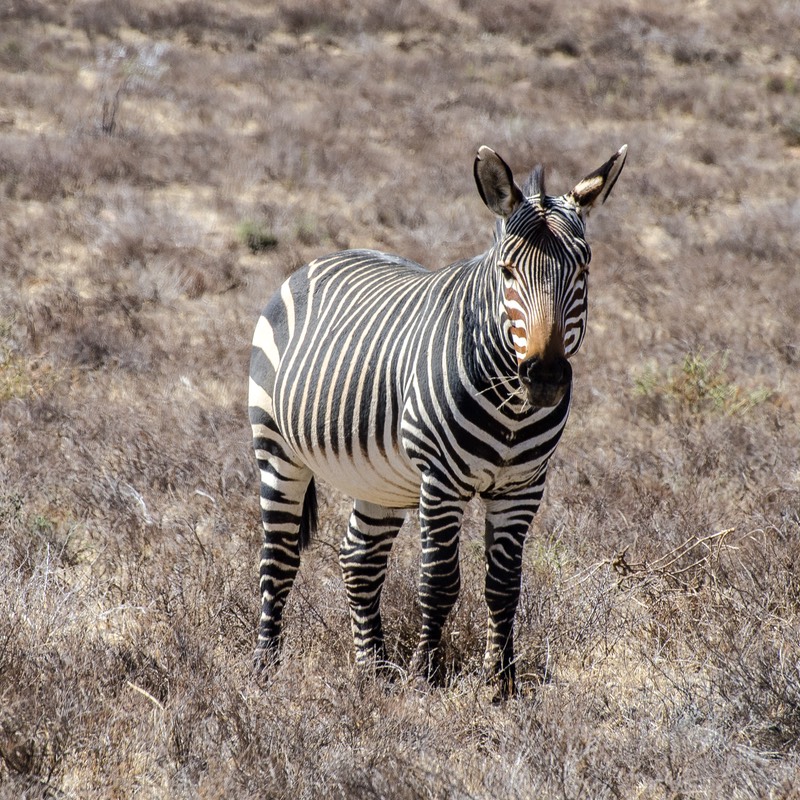
We ended our sojourn on the African continent sitting in a caravan park a bit south of Durban; tomorrow we will deliver our truck to the shipping agent in the city and then begin the process of flying back to the United States — our home territory. It’s a lovely weekend afternoon. The campground is busy but not jammed and there is a group of fellows having a bit of a braii (a BBQ to those of us from the Good Ole US of A) and listening to music….at the moment John Denver is belting out “Country Roads” — what could be more appropriate!
Incidentally, you ask about “IS IT?”. When traveling in various countries, you start by trying to learn a little bit of the languages spoken there. In southern Africa, at least some English is spoken most everywhere. The second language is Afrikaans. Then there are all the thirty or so tribal languages, and many locals speak at least some words of several of the local options. Much as we tried, we didn’t have lots of success learning the various dialects, with one exception… colloquial South African lingo. We did pick up one phrase: “Is it!?” It took a bit, but we now know it’s the equivalent of “Really!?” or “Is that so?” And we now use it all the time. It will be with us forever among our many wonderful memories of Africa.
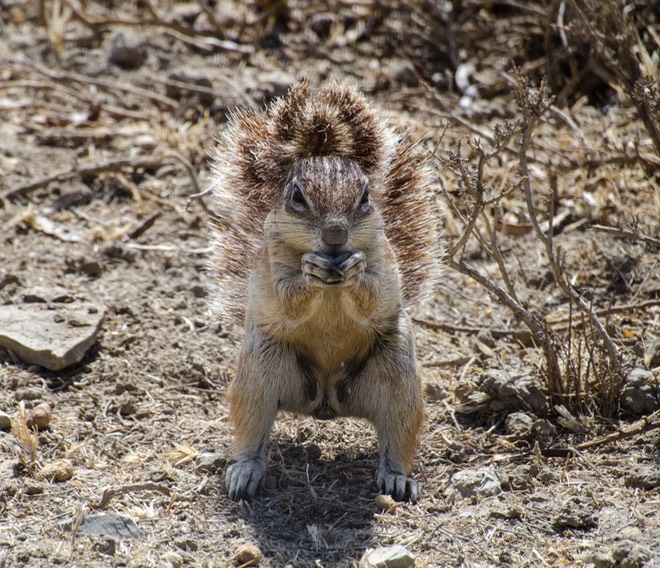
So after about sixteen months we say so long to the African continent, and give a shout to all of you in North America — we’re coming home to search out more of our own Country Roads and will be hoping to see you soon. To all our wonderful friends in Europe, New Zealand, Australia and now Africa, when next you visit North America, our home town, please be sure to let us know when and where you will be so we can try our darnedest to come find you.
Rick, Kathy and all the gang — the limping but still eager Tiger, the sweating Michelle, our exasperated little refrigerator and our ever-confused but always cheerful Emily, the GPS (Sat Nav for our Brit friends).
P.S. Because I’ve never remembered to tell you this before, here’s your last tidbit, straight from an Old Africa Hand: when you are trying to identify elephants, females have a sharper profile, head wise; males have a gentler slope going back and no sharp cliff that rises in front. So never say we don’t share our hard earned wisdom with you!
You’ll find more photos from this message on our Photo Page